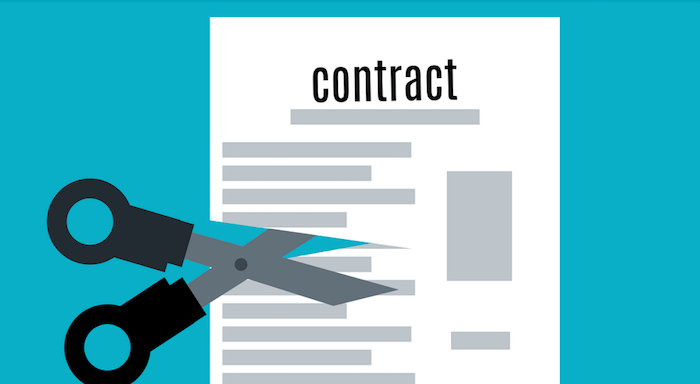If you enjoyed our last installment of the best GEICO commercials you should enjoy these gems just as much, if not more!
Left Turn Drive Down: Avoiding Staged Accidents
Imagine you are on your way to the mall to buy some new clothes for a work party. You have to cross traffic to get to the mall, so you pull into the left turn lane and wait for the traffic to clear so you can pull into the parking lot. One of the oncoming cars in a distant lane stops and the driver waves you to pull in front of him, saying “I’ll wait so you can turn into the parking lot.” However, right after he waves you, he pulls in front of you, blocking your path. Then, a second oncoming vehicle in a closer lane slams into your car. The driver who blocked your path now leaves the scene, making you look like the one who caused the accident.
What’s at Stake
The fraud vehicle usually has three to four passengers, who will all claim injuries when the police show up. Unless the investigators suspect fraud, or if there were witnesses, the passengers of the “drive down” car will be granted the claim, and your insurance rates will go up. This is the last thing you want.
How to Fight It
This scenario is actually very common in the world of fraudulent auto claims, but it can easily be determined who the real victim in this type of accident is. You can take pictures of the scene, file the claim with your insurance very quickly, and get investigators involved if you believe the accident was staged.
Many times in these accidents, the perpetrator will file a large claim that isn’t in line with the damage caused by the accident. Investigators can look into this and see if these scammers are being truthful, or fabricating the story to make it seem worse than it actually was. They can also check into the person’s background, and take note of other times that the person filed similar claims. If they have filed dozens of claims in the past three years, this automatically jumps out as a red flag to investigators.
Also, more often than not, the people in the drive down vehicle will not be going fast enough to inflict serious damage upon your car. Then, when they try to claim a large amount of damage to their own car, or claim severe injuries, the investigators can easily detect fraud based on the details of the accident.
How to Avoid It
To avoid getting in this type of accident in the first place, as a rule, never let someone wave you into traffic. If they do, wave back to them that they should keep moving and proceed only when your path is safe and clear… on your own terms.
Regardless, one way to detect a potential scam is to take notice of the behavior of the driver who is offering a “favor”. Did he or she stop very close to you, and then try to wave you across traffic? Are all lanes backed up with traffic? If not, and they just stop out of nowhere, this is a good indication that they have bad intentions. Also, do you notice any other cars driving toward you from the opposite direction in the left turn lane? If you see someone, there’s a good chance they will be a drive down car that will crash into you.
After an Accident
If an accident does happen, make sure to get everyone’s names and numbers immediately, and take note of how many people are in the vehicle at the time. Oftentimes, other people will try to make a claim against your insurance who weren’t even in the car at the time of the accident. Get license plate numbers if you can, of both the vehicle that originally blocked your path and the drive down vehicle. Police can run the car through their registry to see if it has been involved in many similar accidents in the past.
While there are many ways that fraud can be detected with advanced computer systems and private investigators, the only person that witnessed the accident is usually you. You must do your part to record everything about the accident while it’s fresh in your mind, and relay every detail to investigators and the police who helped you on your case. One detail can make all the difference between a person getting away with fraud, or getting caught in the act.


